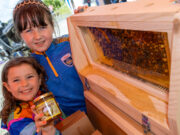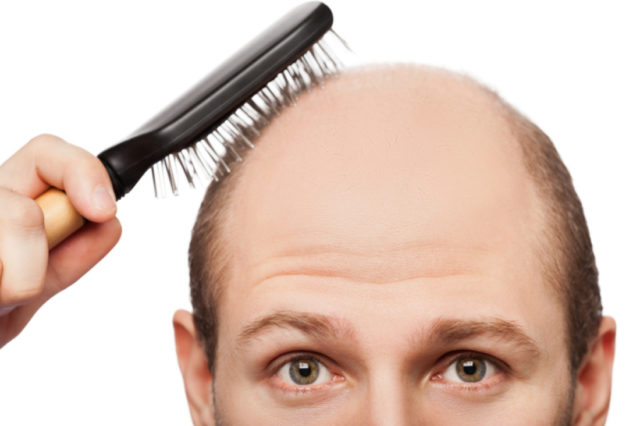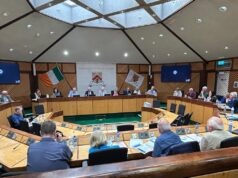Calling all Laois men without hair or who fear they may be developing a receding hairline – there’s hope!
Scientists in America have developed a technique which has allowed them to grow hair artificially for the first time.
Using stem cells from mice, scientists have managed to create skin in a lab, complete with hair follicles, for the first time.
They grew both the upper and lower layers, known as the epidermis and dermis respectively, marking the first time a skin model has been made so closely resembling natural hair than any previous treatment.
Although various methods of generating skin tissue have already been developed their ability to imitate the real thing falls short.
Prof Koehler, of Indiana University, said: “You can see the organoids with your naked eye.
“It looks like a little ball of pocket lint that floats around in the culture medium. The skin develops as a spherical cyst and then the hair follicles grow outward in all directions – like dandelion seeds.”
The researchers were unable to identify exactly which types of hairs developed on the surface of the organoid.
The skin organoid itself consisted of three or four different types of dermal cells and four types of epidermal cells.
This diverse combination more closely mimics mouse skin than previously developed skin tissues.
By observing the development of this more lifelike skin organoid the researchers learned the two layers of skin cells must grow together in a specific way in order for hair follicles to develop.
As the epidermis grew in the culture medium it began to take the rounded shape of a cyst.
The dermal cells then wrapped themselves around these cysts. When this process was disrupted hair follicles never appeared.
Prof Koehler said: “One thing we explored in the paper is if we destroy the organoids and try to put them back together they don’t always generate hair follicles.
“So we think it’s very important the cells develop together at an early stage to properly form skin and hair follicles.
“It could be potentially a superior model for testing drugs – or looking at things like the development of skin cancers – within an environment that’s more representative of the in vivo microenvironment.
“And it would allow us to limit the number of animals we use for research.”
SEE ALSO – Site found for Kolbe Special School in Portlaoise at long last





















